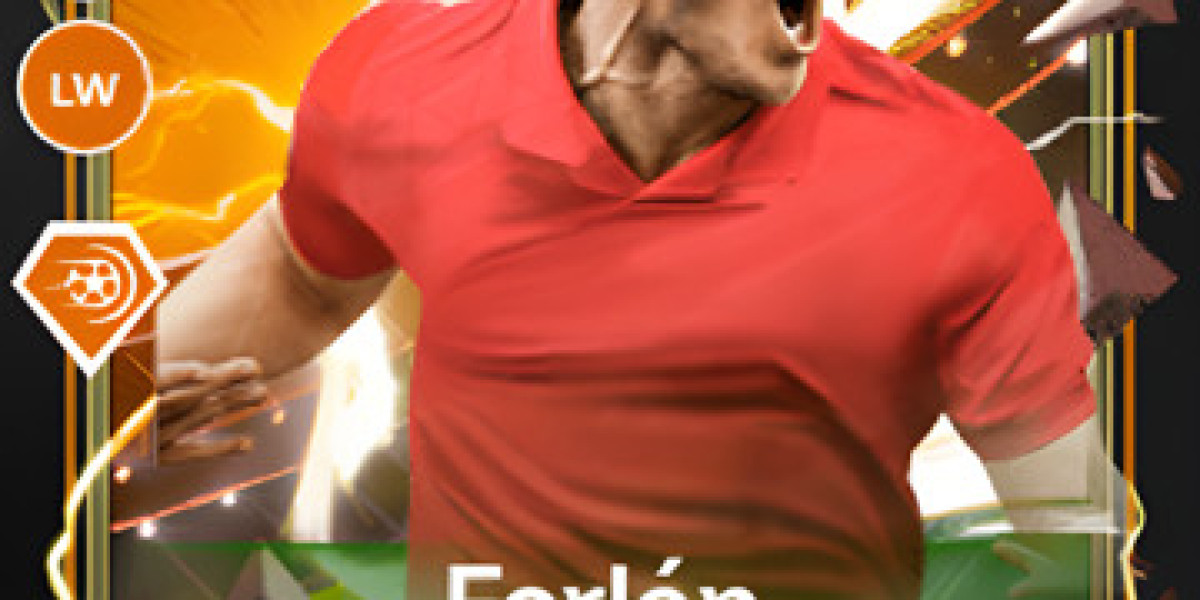The web design world is constantly evolving, but one trend making a significant comeback in 2024 is retro websites. These websites are characterized by nostalgic elements from the early days of the internet, such as pixelated graphics, bold colors, and playful animations. While it might seem counterintuitive, retro websites are proving to be incredibly effective in providing customers with a good user experience. Here’s how:
Nostalgia and Emotional Connection
Retro websites tap into nostalgia, evoking memories of the early days of the internet. This emotional connection can create a positive user experience as visitors feel a sense of familiarity and comfort. By reminding users of a simpler time, these websites can establish an immediate bond, making visitors more likely to engage with the content and stay longer on the site.
Unique and Memorable Design
In a digital landscape where many websites look and feel the same, retro designs stand out. Their distinctive appearance can make a strong first impression, helping to differentiate a brand from its competitors. A unique and memorable design not only attracts attention but also encourages word-of-mouth marketing as users share their delightful experiences with others.
Simplified Navigation
Retro websites often feature straightforward navigation reminiscent of early web design. This simplicity can enhance user experience by reducing cognitive load. Users can easily find what they’re looking for without the frustration of complex menus or overwhelming options. Clear and intuitive navigation helps users accomplish their goals quickly, leading to higher satisfaction and repeat visits.
Fast Loading Times
One of the benefits of retro websites is their emphasis on simplicity and minimalism. Without heavy graphics, videos, or complex animations, these websites tend to load faster. In 2024, where users expect quick access to information, fast loading times are crucial for retaining visitors. A speedy website ensures that users don’t get frustrated and leave before the page fully loads, thereby improving overall user experience.
Responsive Design
While retro websites draw inspiration from the past, they are built with modern technologies. This means they are fully responsive and optimized for various devices. Whether a user accesses the website from a desktop, tablet, or smartphone, the experience remains consistent and enjoyable. Responsive design is essential in today’s multi-device world, ensuring that users have a seamless experience regardless of how they choose to browse.
Engaging Content
Retro websites often incorporate interactive elements such as quizzes, games, or animated graphics that were popular in the early internet era. These elements can make the user experience more engaging and fun. When users enjoy interacting with a website, they are more likely to spend time exploring and absorbing the content, which can lead to higher engagement and conversion rates.
Clear Call-to-Actions (CTAs)
A hallmark of retro design is the use of bold, clear CTAs that are hard to miss. These CTAs guide users toward desired actions, whether it’s signing up for a newsletter, making a purchase, or contacting the company. By making CTAs prominent and straightforward, retro websites can improve user experience by helping visitors easily take the next step.
Accessibility
Modern retro websites are designed with accessibility in mind. This means they adhere to current web standards and ensure that all users, including those with disabilities, can navigate and interact with the site effectively. Features such as high contrast, simple layouts, and keyboard navigation support contribute to an inclusive user experience, allowing everyone to enjoy the nostalgic design.
Authenticity and Trust
Retro websites can convey a sense of authenticity and trust. By adopting a design style that feels genuine and unpretentious, these sites can attract users who appreciate authenticity over flashy, overly polished aesthetics. This trust can translate into higher user satisfaction and loyalty, as visitors feel confident that the brand values substance over style.
Continuous Improvement
Finally, retro websites in 2024 are not static; they are continuously improved based on user feedback and analytics. By monitoring how users interact with the site, designers can make data-driven decisions to enhance usability and address any pain points. This iterative approach ensures that the user experience remains positive and evolves with changing user needs and preferences.
Conclusion
Restaurant Website Design company knows how valuable a website is, which is why retro websites in 2024 are proving that a good user experience doesn't always require the latest design trends. By leveraging nostalgia, simplicity, and modern technology, these sites offer a unique and engaging experience that resonates with users. As more brands embrace this trend, the key to success will be balancing retro aesthetics with the functionality and responsiveness that today's users expect.
Search
Popular Posts
-
 High Class Call Girls Services in Faridabad | Faridabad Call Girls | Call Girls in Faridabad
By Tina Kapoor
High Class Call Girls Services in Faridabad | Faridabad Call Girls | Call Girls in Faridabad
By Tina Kapoor -
 pafijawatimur
pafijawatimur
-
 gestunbet gestunbet gestunbet gestunbet gestunbet gestunbet gestunbet gestunbet gestunbet gestunbet
By lpo888b
gestunbet gestunbet gestunbet gestunbet gestunbet gestunbet gestunbet gestunbet gestunbet gestunbet
By lpo888b -
 Cryptocurrency yang Membawa Sentuhan Kemanusiaan ke Dunia Digital
Cryptocurrency yang Membawa Sentuhan Kemanusiaan ke Dunia Digital
-
 Backlink Profil Strategi Penting bagi Situs Judi Online
Backlink Profil Strategi Penting bagi Situs Judi Online



